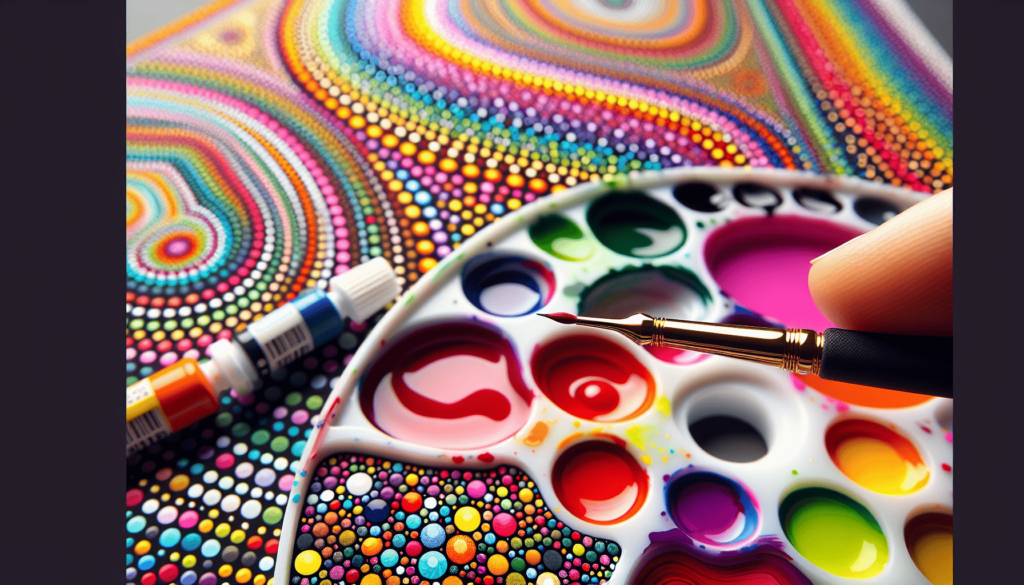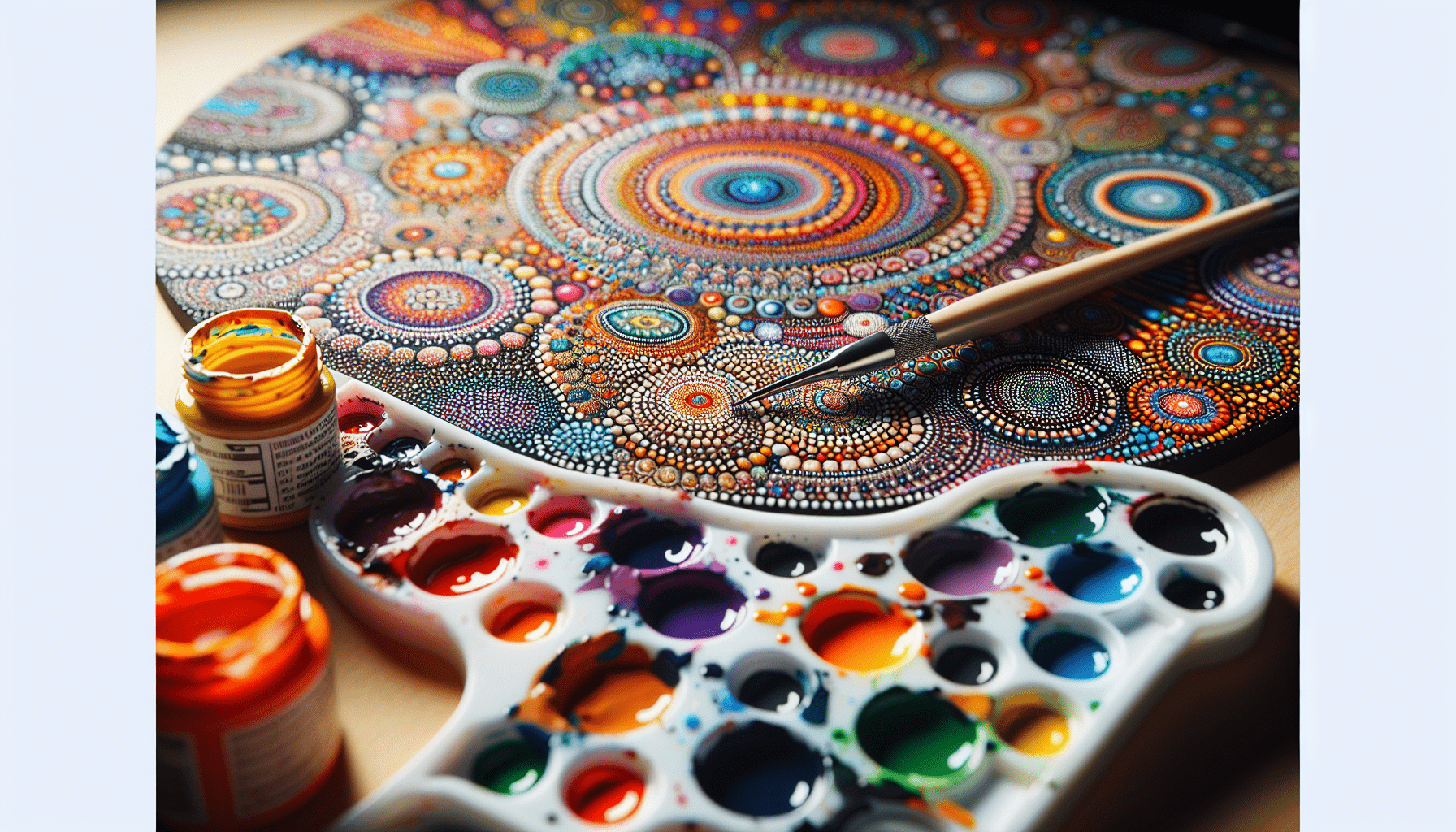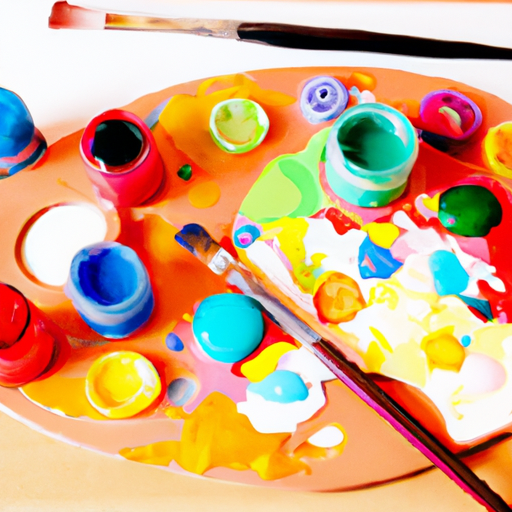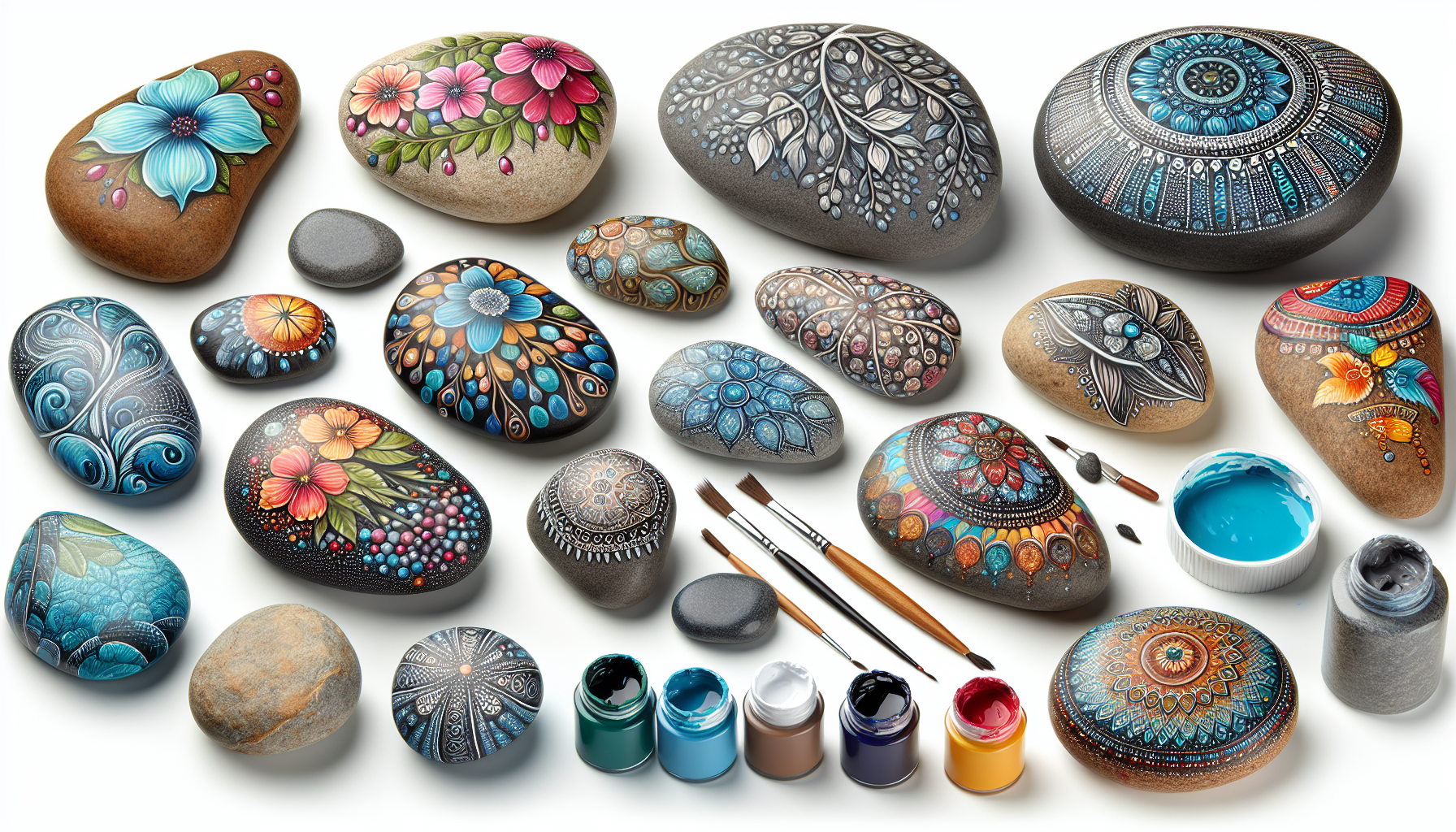Have you ever found yourself captivated by the intricate and mesmerizing patterns created in dot painting? Understanding how to use acrylic paint for dot painting can open up a world of creative possibilities.
What is Dot Painting?
Dot painting is a form of art where small, distinct dots of color are applied to a surface to create patterns or images. This method draws its origins from the Indigenous Australian culture but has found appreciation globally.
History and Significance
Dot painting dates back to ancient Indigenous Australian traditions. This art form was used by Indigenous Australians to tell stories and convey cultural beliefs. While modern dot painting has evolved, it still resonates with historical significance. Understanding the roots of dot painting can provide enrichment to your creative process.
Contemporary Usage
Today, dot painting transcends cultural boundaries and is used in various art forms, such as mandalas, decorative artworks, and even therapeutic practices. Acrylic paint has become the medium of choice due to its versatility and vibrant colors.
Tools and Materials
Before you start, ensure you have all the necessary tools and materials. The quality and type of materials you use will significantly impact your final piece.
Essential Tools
| Tool | Description |
|---|---|
| Dotting Tools | Tools with spherical ends for creating dots. |
| Brushes | Fine-tipped brushes for detailed work. |
| Palette | For mixing paints. |
| Canvas | The surface you’ll paint on. |
| Template | A guide for your designs (optional). |
Choosing the Right Acrylic Paint
Acrylic paint is preferred for its quick-drying properties, water-resistance, and opacity. Select high-quality paints for better pigmentation and durability.
Preparing Your Workspace
Set up a clutter-free workspace with good lighting. Ensure you have easy access to water for rinsing brushes and cloths for cleanup.

Getting Started
Set out all your materials and prepare your workspace. Your initial preparation will set the tone for your painting session.
Surface Preparation
Clean your canvas or painting surface to remove any dust or oils. If you’re using a wooden surface, consider sanding it for a smoother texture.
Paint Mixing
Mix your acrylic paints on a palette. If you’re seeking a specific shade, mix the colors thoroughly to ensure consistency. Acrylic paints can be thinned with water to achieve different consistencies.
Choosing a Design
Decide on your pattern or image. Beginners might find it helpful to start with simple designs and gradually work up to more complex patterns.
Techniques for Dot Painting
Mastering different techniques is crucial for creating diverse dot patterns. Each technique brings a unique texture and effect to your artwork.
The Basic Dot
Dip your dotting tool or the end of a brush into the paint. Practice on a piece of scrap material to get a feel for the amount of paint needed. Press the tool straight down onto the canvas to create a dot, then lift it straight up.
Creating Gradients and Shading
Gradients and shading add depth to your dot painting. Start with a darker color and gradually mix in lighter tones. Applying dots in varying sizes and spacing can help transition from one color to another smoothly.
Overlapping Dots
Overlap dots to create new shapes and textures. This technique can be useful for creating intricate designs and adding complexity to your artwork.

Common Mistakes and How to Avoid Them
Mistakes are part of the learning process, but being aware of common pitfalls can help you avoid them.
Uneven Dots
Achieving uniform dots can be challenging. Consistency in the amount of paint and pressure will yield more even dots. Practice regularly to improve your control.
Smudging
Smudging occurs when wet dots are disturbed. Allow sufficient drying time between layers and handle your painting carefully.
Incorrect Paint Consistency
Paint that’s too thick or too thin can lead to undesirable results. If the paint is too thick, it may not form smooth dots. If too thin, it can spread irregularly. Achieve the ideal consistency by gradually adding water and testing the mixture.
Advanced Techniques
Once you’re comfortable with the basic techniques, experiment with more advanced methods to enhance your skills.
Mandala Dot Painting
Mandalas are spiritual symbols representing the universe. Dot painting mandalas involves creating symmetrical patterns usually radiating from a center point. Using a template can help maintain symmetry.
Embellishments
Enhance your dot painting with embellishments like metallic paints, glitter, or glow-in-the-dark paints. These additions can make your artwork stand out and give it a unique flair.
Layering
Layering involves applying multiple layers of dots over each other. This technique can be used to create a sense of depth and dimension in your artwork. Ensure each layer is dry before applying the next to avoid smudging.
Caring for Your Tools
Properly caring for your tools will prolong their life and maintain their effectiveness.
Cleaning
Rinse your brushes and dotting tools immediately after use. Acrylic paint can dry quickly and become difficult to remove. Use mild soap and water for thorough cleaning.
Storage
Store your brushes and tools in a dry, cool place. Make sure they are completely dry before storing to prevent any mold or mildew growth.
Showcasing Your Artwork
Displaying your artwork appropriately can enhance its visual appeal and impact.
Framing
Consider framing your dot painting to protect it from dust and damage. A frame can also add a professional touch to your artwork.
Photo Documentation
Take high-quality photos of your artwork to share on social media or showcase in a portfolio. Use proper lighting and a neutral background to highlight your piece.
Conclusion
Understanding how to use acrylic paint for dot painting allows you to explore a rewarding and creative hobby. From choosing the right materials to mastering advanced techniques, each step provides an opportunity for artistic growth. By carefully preparing, practicing regularly, and experimenting with different methods, you can create stunning dot paintings.
Dot painting not only facilitates personal artistic expression but also connects you with a rich cultural tradition. Embrace this art form with patience and creativity, and you will find it immensely gratifying.



